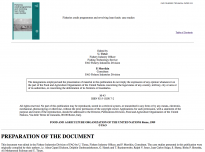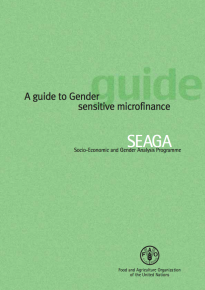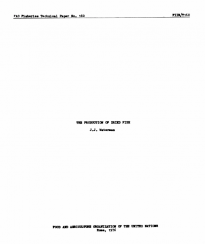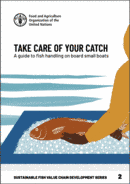Services & Infrastructure for Artisanal Fish Product Storage
In order to prevent and reduce food loss and waste (FLW) during the storage of artisanal fish products, processors and traders require access to good services and infrastructure, such as a packaging providers and proper, well located storage facilities.
Basic requirements of a good fish storage facility include:
- security appropriate for the location
- roof
- protection from groundwater
- rodent proofing
- bird proofing
- controllable ventilation
- walls and floor free from crevices which will harbour insect pests
- large enough to permit orderly stacking of product with access all around the stacks of product and to enable first in first out stock management
- insect proofing
Improved storage facilities may be beyond the investment capabilities of some potential end-users. Government and other service providers, such as donors and NGOs, should consider investment in proper storage facilities, with a view to these being rented out and managed by processors and traders.
Investment in improved technologies will be facilitated by good access to affordable credit and savings schemes such as revolving loans. Furthermore, access to knowledge and skills related to good practice will be influenced by the quality of extension services and the access processors and traders have to such services.
Key Publications
Fisheries Credit Programmes and Revolving Loan Funds: Case Studies A series of case studies on successful fisheries credit programmes and revolving loan funds are reviewed. | |
A Guide to Gender Sensitive Microfinance Included is guidance for those involved in microfinance programmes to ensure consideration of socio-economic and gender issues when developing microfinance programmes, designing national policies, and disaggregating microfinance markets to learn more about clients. | |
Detailed description of dried fish production and storage. |
More Resources
More Resources
31 October 2023














